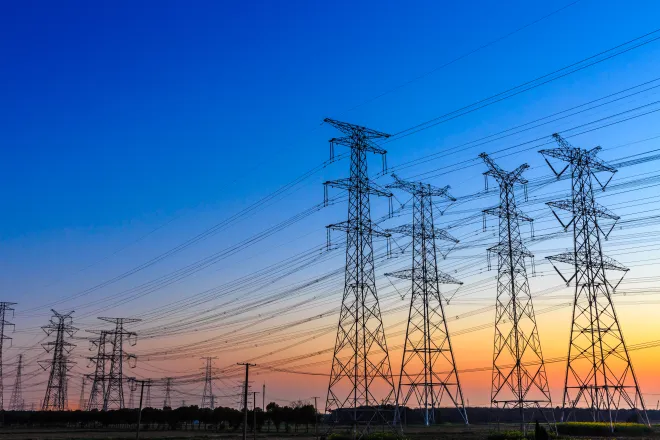
analysis: Pentagon PFAS cleanup backlog growing faster than funding
(Maryland News Connection) A new analysis from the nonprofit Environmental Working Group said the Department of Defense is not doing enough to clean up contaminated military installations, and as new sites are identified a large backlog is developing.
Many of the sites are contaminated with per- and polyfluoroalkyl substances or PFAS, sometimes called 'forever chemicals' because they don't break down in the environment and accumulate over time. PFAS have been in use since the 1940s and are found in many nonstick and waterproof consumer products.
On military bases one of the most common applications of PFAS has been in firefighting foam. PFAS are known to be toxic, and at many current and former military installations are affecting groundwater and drinking water.
The Defense Department has identified 700 known and suspected military contamination sites.
Jared Hayes, senior policy analyst for the Environmental Working Group, said the funding is not keeping up with the backlog.
"Since 2016, DoD's own estimates show the cleanup backlog has soared to $31 billion and growing," Hayes pointed out. "That's up by $3.7 billion in that time frame. Yet the DoD's appropriated cleanup budget increased just $400 million over that same period."
He argued funding at current levels cannot catch up to the rising cleanup obligations. A 2018 Defense Department report identified four sites in Maryland with PFAS groundwater contamination. Four additional contaminated sites have been identified in the years since. Congress has mandated all military facilities complete site assessments and inspections by the end of this year.
The EPA recently proposed a new safe drinking water standard for PFAS at 4 parts per trillion. In 2017, groundwater was tested at drinking water supply wells near Fort Meade and the results showed PFAS levels up to 87,000 parts per trillion.
With so many installations in similar or worse circumstances, Hayes sees costs rising dramatically as new sites are assessed.
"We estimate that it could cost tens of billions of dollars, and that's on top of the $31 billion that's already in the backlog," Hayes reported. "We're looking at a lot of time that's going to be needed to clean up contamination if funding is kept at the current levels. So really, funding needs to increase to match what's going on, what's happening on the ground and communities across the U.S."
Studies have linked PFAS exposure to various health problems, including developmental delays in children, immune system suppression, hormonal disruption, and an elevated risk of certain cancers.
















